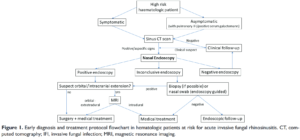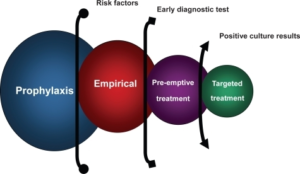Submitted by BethBradshaw on 26 September 2017
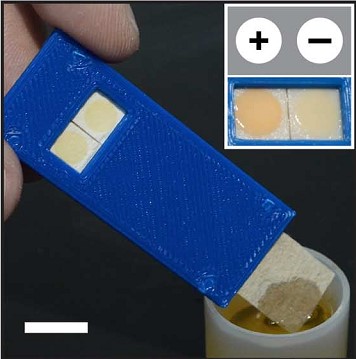
Pinning down the exact species causing a fungal infection is hard to do outside of a laboratory or hospital, particularly in developing countries, because tests that work by detecting fungal proteins or nucleic acids require expensive specialist equipment and reliable refrigeration. Virginia Cornish’s team at Columbia University recently devised a prototype low-tech biosensor-based test that is much more user friendly and can be stored at room temperature for many months. It could also be adapted for detecting plant pathogens to detect contaminated foodstuffs.
Many yeast species use mating receptors to detect pheromones released by potential mates, with different species using different pheromones. The Cornish team created a pheromone-detecting biosensor by copying the mating receptor gene from infection-causing Candida albicans into harmless Brewer’s yeast (Saccharomyces cerevisiae), and linked this to the genes for producing lycopene – the orangey-red pigment from tomatoes. When the pathogen’s mating pheromone is present, the straw-coloured S. cerevisiae in the biosensor detect it and ‘blush’. The biosensor cells are soaked onto paper dipsticks that can be dipped directly into the sample.
As well as being easy to use, this biosensor is based on synthetic biology technology, which is a flexible modular toolbox of interchangeable genetic parts. This team were also able to create other biosensor yeast strains capable of detecting another 10 fungal pathogens simply by slotting in the respective DNA sequences for each species’ mating receptor. However, before being ready to use clinically, the test will need further development to make sure it is sensitive enough to detect fungal pheromones at the low concentrations found in human body fluids, and to make sure they don’t cross-react with similar species.
Image taken from figure 4A of Ostrov et al. (2017) Sci Adv. 2017 Jun 28;3(6):e1603221
News archives
-
Title
Date

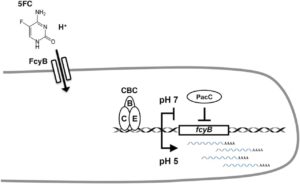
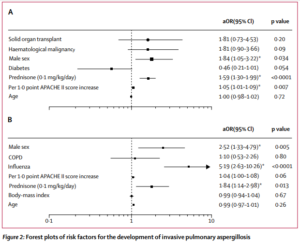

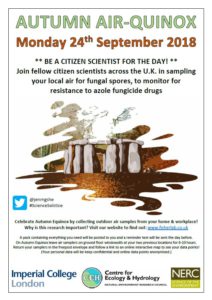

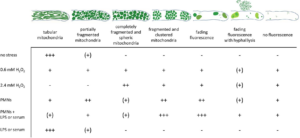
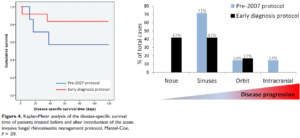 ,
, 